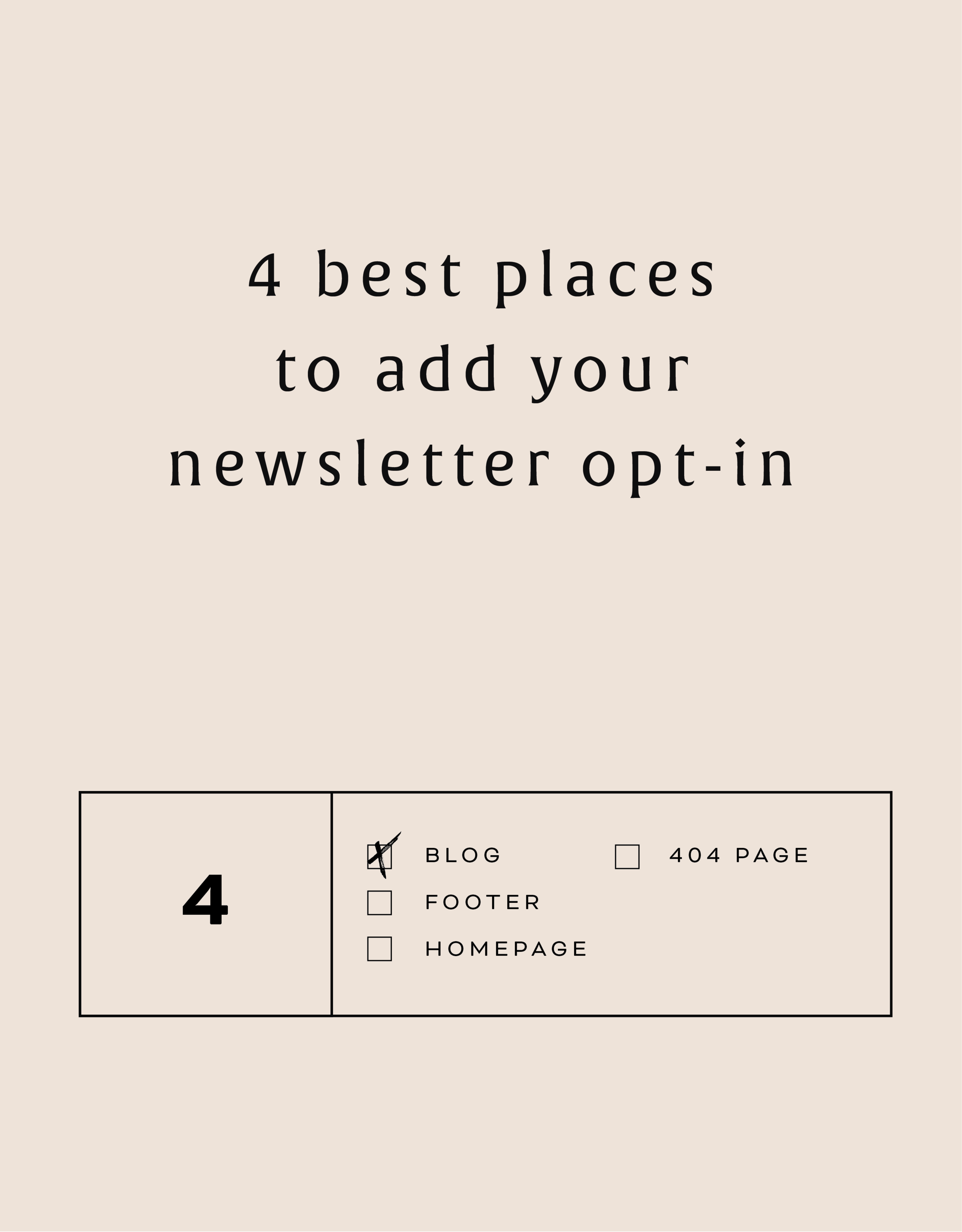Setting boundaries via email
There are lots of emails that come through the virtual door that may test your boundaries. It can be hard to hold the limit you’ve set for yourself, especially if you really want to nail the sale or take on the opportunity. But remember that you set your boundaries for YOU. And most of the time, people respect you when you hold true to your boundaries. If they don’t, that’s their problem. Literally… you can’t solve that for them or fix their feelings.
Important! I’m not saying that you should be unkind. In fact, I find that limits, rules and boundaries are a kindness in themselves. They let people know what to expect and what won’t fly.
But since sticking to those boundaries can be hard, here are a few common ideas to help you respond thoroughly, quickly, and cheerfully to those boundary-pushing emails.
Email #1: I want a discount!
Here’s some truth talk: once you know your worth, you’ll stop discounting your prices. Only you can do the exact thing that you are offering in the exact way you’re offering it. So when someone asks for a discount, be kind but firm.
Start by sharing that you understand where they’re coming from. Having a set budget may be one of their boundaries!
Share that you can’t lower your prices. You can communicate that your prices are carefully calculated based on the process and your expertise.
Reiterate that you understand. If that means you can’t work together, no harm no foul.
Offer to refer them to someone else. This may seem counterintuitive, but people really appreciate this extra step. They probably spent a bit of time searching for someone like you to help them. They’ll leave you without working together, but may still recommend you to someone else (who CAN afford you!).
Email #2: I want extra stuff!
This may depend on the person and the project. For example, you may feel a humble request for something small is no big deal. But what if that’s the first of many requests? This can quickly spin out of control.
Again, be kind but firm. Share that, unfortunately, you just can’t offer or include that extra thing.
Offer your reasoning. This might be that it takes too much extra time, or that it’s simply not included. It can be very straightforward and simple.
Share how they can access that thing for value. In other words, if they would like to purchase the extra item, you’d be happy to share that for $$XYZ price.
Leave the ball in their court. Simply ask them to let you know if they’d like to move forward with your offer. They’ll likely decline, but if they do want to, you’re no longer giving your precious time/energy/work for free.
Email #3: I need this now!
I get these emails a lot. :) For some reason, a few people think that we are not humans but instead are some kind of creative machines that should be available at all hours of the day, any day of the week. This type of email is tricky because often the request is nice and the email conveys a real sense of need. It’s hard not to help someone in NEED! But truthfully, they probably don’t actually NEED the thing (at least not right NOW!)
Again, be kind but firm (are you sensing a theme yet?). First, acknowledge their request and that it is (or feels) urgent.
Let them know when you will tackle it. If they said they really need something fulfilled on Sunday when you don’t work weekends, let them know what your soonest availability is. A chipper, “I’d be happy to help! My next available time is Monday at…” works perfectly.
Again, confirm they want to move forward with the new arrangement. Simply ask them to let you know if that works for them.
Email #4: A complaint.
Ugh, this is a tough one. It really hits your pride and if you’re a people pleaser, it may trigger a need to “fix” it for them. But you don’t necessarily have to. This is a more nuanced email depending on the gripe, but here are a few guidelines.
Note that you understand their complaint and why they feel the need to raise it.
If you do need to make amends in some way, share how you plan to do so and what they can expect.
Let them know that their feedback is valuable. You can also share how you may incorporate their feedback into your future work, etc.
Wish them well and wrap it up.
Email #5: Waiting on payment.
Even years into business, this still happens to me occasionally. An invoice goes out, but it seems to get lost along the way. Following up with a client about money could be awkward and therefore avoided, but we all deserve to get paid! This email is actually simple and straightforward.
Keep it light. Just note that you’re checking in. Perhaps they never even received it? Or life got crazy and they plum forgot.
Offer to resend it. This is the “Let me help you help me” approach.
If you have any late fee protocols, remind them of this (and ideally send this email before they’re applied as a courtesy).
Thank them for working with you and wrap it up!





